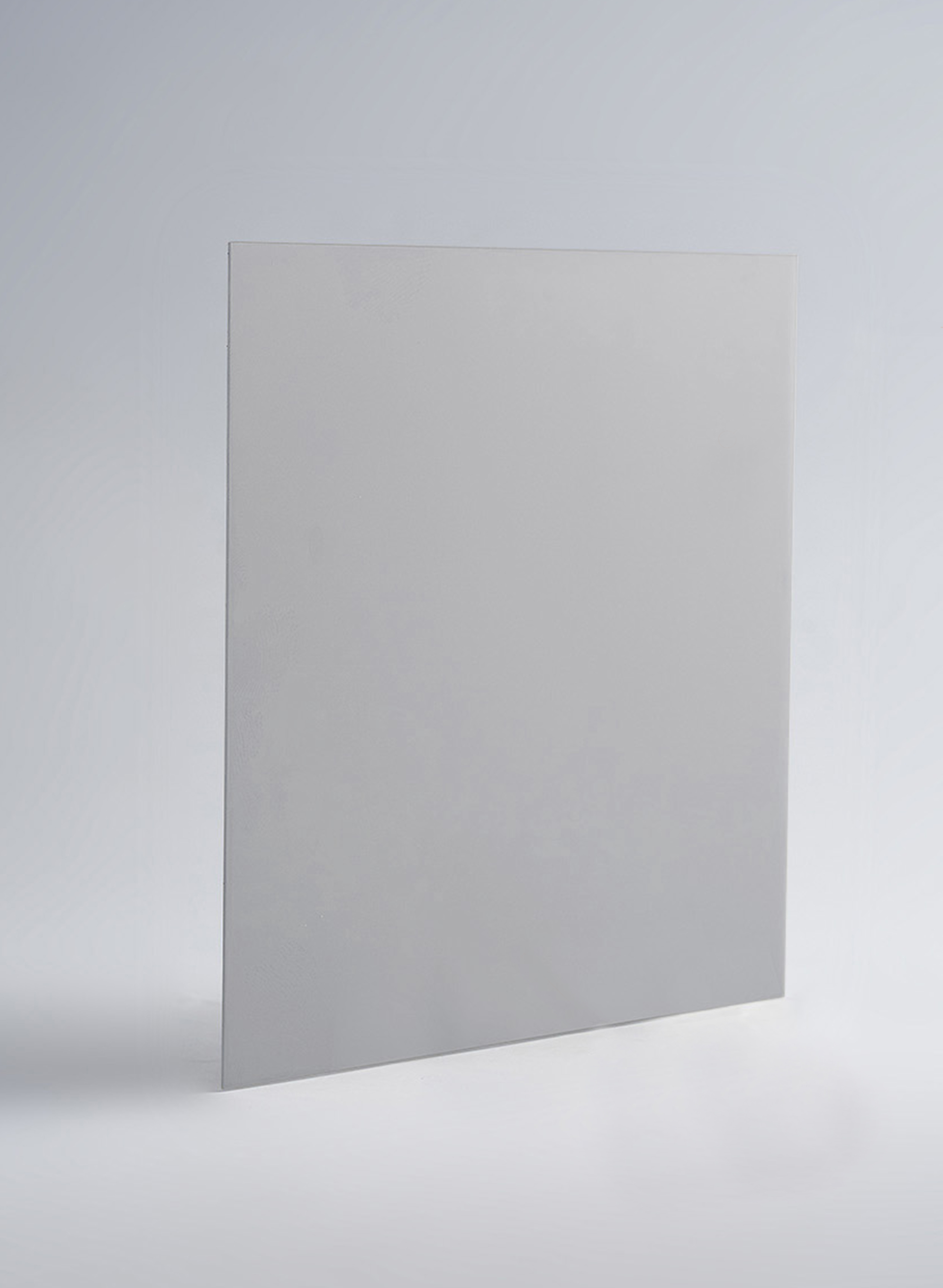
Research and Application of Aluminum Nitride and Aluminum Nitride Ceramics
Summary: Aluminum nitride (AlN) is a new type of ceramic material with excellent comprehensive performance, featuring excellent thermal conductivity, reliable electrical insulation, low dielectric constant and dielectric loss, non-toxicity, and a thermal expansion coefficient that matches that of silicon, among a series of other excellent characteristics.
Aluminum nitride (AlN) is a new ceramic material with excellent comprehensive performance, featuring good thermal conductivity, reliable electrical insulation, low dielectric constant and dielectric loss, non-toxicity, and a thermal expansion coefficient that matches silicon, among a series of excellent characteristics. It is considered an ideal material for the next generation of high-density semiconductor substrates and electronic device packaging, receiving widespread attention from researchers both domestically and internationally. Theoretically, the thermal conductivity of AlN is 320 W/(m), and the thermal conductivity of industrially produced polycrystalline aluminum nitride can reach 100 to 250 W/(m). This value is 5 to 10 times that of traditional substrate material alumina's thermal conductivity, approaching that of beryllium oxide's thermal conductivity. However, due to the extreme toxicity of beryllium oxide, its use in industrial production has gradually been phased out. Compared to several other ceramic materials, aluminum nitride ceramics have excellent comprehensive performance, making them very suitable for semiconductor substrates and structural packaging materials, with enormous application potential in the electronics industry.
High resistivity, high thermal conductivity, and low dielectric constant are the most basic requirements for packaging substrates in integrated circuits. Packaging substrates should also have good thermal matching with silicon wafers, ease of forming, high surface flatness, ease of metallization, ease of processing, low cost, and certain mechanical properties. Most ceramics are materials with strong ionic or covalent bonds, possessing excellent comprehensive performance, and are commonly used as substrate materials in electronic packaging, with high insulation performance and excellent high-frequency characteristics. At the same time, their linear expansion coefficient is very close to that of electronic components, and they have very stable chemical properties and high thermal conductivity. For a long time, the substrate materials for most high-power hybrid integrated circuits have been A1203 and BeO ceramics. However, the thermal conductivity of A1203 substrates is low, and their thermal expansion coefficient does not match well with silicon; although BeO has excellent comprehensive performance, its high production cost and extreme toxicity limit its application promotion. Therefore, considering performance, cost, and environmental protection factors, neither can fully meet the needs of modern electronic power device development.
Electronic thin film materials are the foundation of microelectronics and optoelectronics technology, making the research of various new electronic thin film materials a hot topic for many researchers. AlN was discovered in the 1960s and can be used as electronic thin film material, with a wide range of applications. In recent years, wide bandgap semiconductor materials and electronic devices represented by III-A group nitrides have developed rapidly, being referred to as the third generation of semiconductors following the first generation represented by silicon and the second generation represented by GaAs. AlN, as a typical III-A group nitride, has received increasing attention from researchers both domestically and internationally. Currently, countries are competing to invest significant human and material resources into the research of AlN films. Due to AlN's many excellent properties, including a wide bandgap, strong polarization, and a bandgap width of 6.2 eV, it has broad application prospects in fields such as mechanics, microelectronics, optics, as well as in the manufacturing of electronic components, surface acoustic wave devices (SAW), high-frequency broadband communication, and power semiconductor devices. The various excellent properties of AlN determine its multifaceted applications; as a piezoelectric film, it has been widely used; as packaging, dielectric isolation, and insulation materials for electronic devices and integrated circuits, it has significant application prospects; and as blue light and ultraviolet luminescent materials, it is also a current research hotspot.
Currently, many studies have been conducted to improve the brittleness of ceramic materials. Among them, forming composite ceramics by adding second and third phase particles has become a viable means to enhance the toughness of ceramic materials. This method is characterized by low cost and ease of preparation compared to methods such as adding whiskers and fibers. Silicon carbide materials possess excellent properties such as high hardness, high-temperature strength, wear resistance, corrosion resistance, and relatively low density, and have been widely applied in machinery, chemical engineering, energy, and military industries. However, their application is somewhat limited due to low strength at room temperature and insufficient toughness. To improve the strength and toughness of silicon carbide ceramic materials, the method of adding second phase particles, inspired by the theory of metal dispersion strengthening, has achieved some results, such as SiC/TiC, SiC/A1203, and SiC/TlB.
Aluminum nitride (AlN) exhibits high thermal conductivity (theoretical thermal conductivity of 320 W/(m•K), with actual values reaching up to 260 W/(m•K), which is 10 to 15 times that of alumina ceramics), a low relative dielectric constant (approximately 8.8), reliable electrical insulation (resistivity > 10^16 Ω•m), high temperature resistance, corrosion resistance, non-toxicity, good mechanical properties, and a thermal expansion coefficient that matches that of silicon (20℃~500℃, 4.6×10^-6 K^-1). These excellent properties are leading to an increasing range of applications in many high-tech fields, many of which require AlN to be formed into special shapes and miniature components. However, traditional molding and isostatic pressing techniques are unable to produce ceramic components with complex shapes. Additionally, the inherent disadvantages of AlN ceramic materials, such as low toughness, high brittleness, and processing difficulties, make it challenging to manufacture complex-shaped AlN ceramic components using conventional machining methods. To fully exploit the performance advantages of AlN and expand its application scope, addressing the technical challenges of forming complex shapes in AlN ceramics is a crucial aspect.
Online message
* Note: Please be sure to fill in the information accurately and keep the communication unblocked, we will get in touch with you as soon as possible








